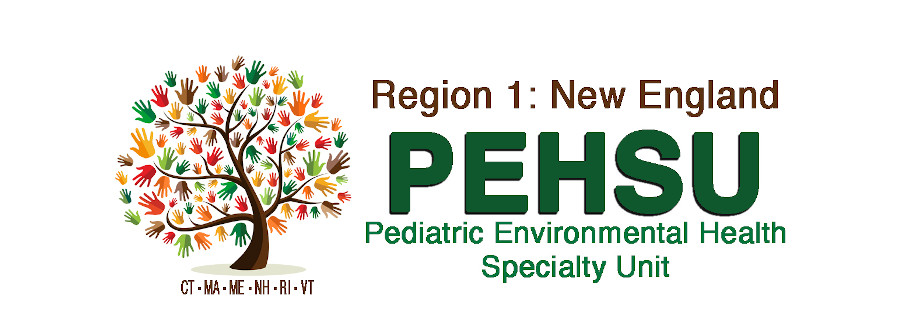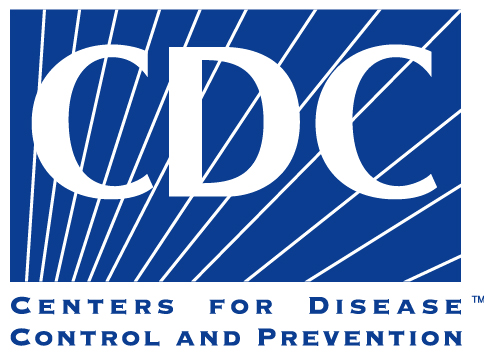
Staffed by pediatricians, medical toxicologists, nurses, and resource specialists, the Pediatric Environmental Health Center at Boston Children's Hospital coordinates the care of children and adolescents exposed to a wide range of poisons, including lead, arsenic, mercury, metals and minerals, sick building syndrome, carbon monoxide poisoning, pesticides, volatile organic compounds, air pollutants, waterborne contaminants, toxic waste sites, agricultural pollutants, paints and stripping chemicals, and solvents and degreasers.
Our expertise
The Pediatric Environmental Health Center provides comprehensive, coordinated services for children exposed to environmental toxins.
-
patient evaluation: complete history and physical exam
-
laboratory testing: testing for toxic exposures
-
environmental assessments: assistance with arranging for environmental assessments as well as with interpreting results of such assessments
-
treatment provided by experienced pediatric environmental medicine toxicologists
-
prevention: guidance and practical advice for reducing and eliminating exposures
-
telephone and/or written consultations to treating primary care providers
-
24-hour telephone access: 1-888-Child14
In addition to providing clinical services, our staff and affiliated staff are doing research to answer important questions in pediatric environmental health, including:
-
How do lead and mercury affect children of different ages?
-
What’s the best way to treat children with lead and mercury poisoning? When should medications that bind metals be used?
-
For adolescents that work: what type of toxic exposures do they have, and how can overexposures be prevented?
-
What do other health professionals, such as pediatric primary care providers, need to know about pediatric environmental health?
-
What are the best ways to promote education about pediatric environmental health issues?
Did you know? Elevated lead levels more common than thought
 Recent Centers for Disease Control and Prevention (CDC) estimates reveal that almost 500,000 children between the ages of one and five living in the United States have elevated lead levels. About one out of every 25 children has dangerous levels of lead in their bloodstream.
Recent Centers for Disease Control and Prevention (CDC) estimates reveal that almost 500,000 children between the ages of one and five living in the United States have elevated lead levels. About one out of every 25 children has dangerous levels of lead in their bloodstream.
REGION 1 NEW ENGLAND PEDIATRIC ENVIRONMENTAL HEALTH SPECIALTY UNIT
The Pediatric Environmental Health Center is affiliated with Region 1 of the Pediatric Environmental Health Specialty Units.
Mission: The mission of the Region 1 PEHSU is to provide education and consultation for families, health care professionals, communities and policy makers on environmental threats to children’s health.
Goals:
-
To provide clinical services and consultation to ill children and their families
-
To provide consultative services to pediatricians and other health care providers
-
To provide guidance and consultation on environmental health issues to agencies at all levels of government — local, state, and federal
-
To play an important role in training future leaders in environmental pediatrics
-
To conduct research so as to advance the field of pediatric environmental health
Our diversity, equity, and inclusion promise
- Goal 1: The Region 1 PEHSU Program is committed to being an inclusive environment that does not tolerate any form of racism, discrimination, or bias.
- Goal 2: The Region 1 PEHSU Program is committed to recruiting, developing and retaining a diverse workforce.
- Goal 3: The Region 1 PEHSU Program is committed to eliminating structural racism from all policies, guidelines and practices.
- Goal 4: The Region 1PEHSU Program is committed to implementing a comprehensive e and widely distributed education curriculum that provides consistent and longitudinal training on the impact of racism on child health and the health of people of childbearing age.
- Goal 5: The Region 1 PEHSU Program is committed to being a leader in eliminating health disparities in our communities and in our nation.
- Goal 6: The Region 1 PEHSU Program is committed to leading in the development, implementation, and tracking of metrics for diversity, equity and inclusion.
Region I: ME, NH, VT, MA, RI, CT
New England Pediatric Environmental Health Specialty Unit
www.childrenshospital.org/pehc
- Main number: 617-355-8177
- Toll-free number: 888-CHILD-14 (888-244-5314)
Upcoming events
Leadership
Alan Woolf, MD, MPH, Director
617-355 8177
alan.woolf@childrens.harvard.edu
Marissa Hauptman, MD, MPH, Co-Director
617-355-8177
marissa.hauptman@childrens.harvard.edu
Rose Goldman, MD, MPH, Associate Director
617-665-1580
rgoldman@challiance.org
This website was supported by the American Academy of Pediatrics (AAP) and funded (in part) by a cooperative agreement with the Centers for Disease Control and Prevention/Agency for Toxic Substances and Disease Registry (CDC/ATSDR). The U.S. Environmental Protection Agency (EPA) supports the PEHSUs by providing partial funding to CDC/ATSDR through an Inter-Agency Agreement. The findings and conclusions presented have not been formally disseminated by CDC/ATSDR or EPA and should not be construed to represent any agency determination or policy. Use of trade names that may be mentioned is for identification only and does not imply endorsement by the CDC/ATSDR or EPA.M.


